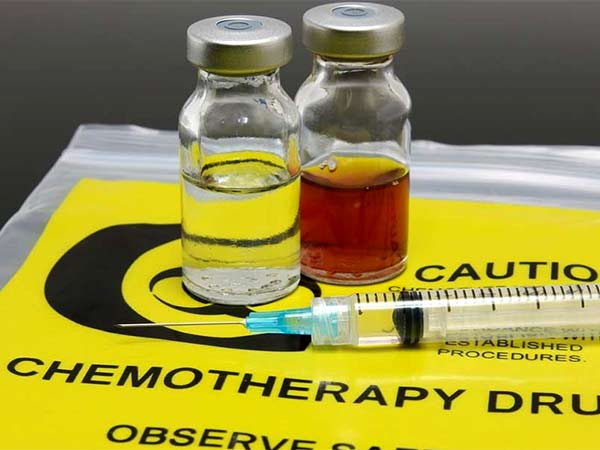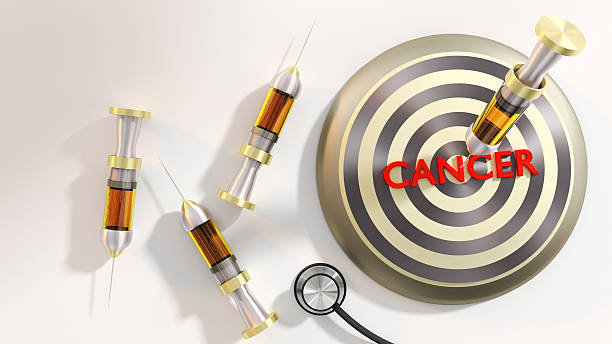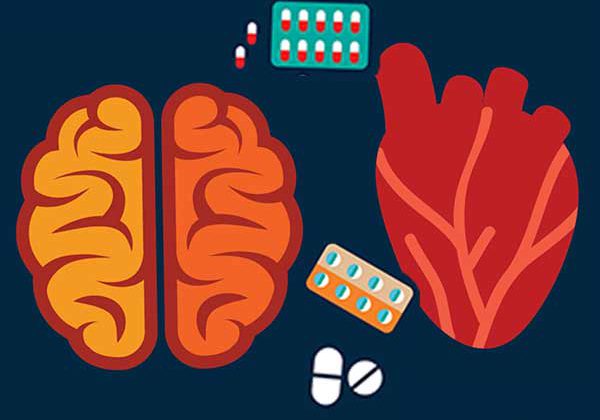Close monitoring for heart risk needed if breast, prostate cancer treatment includes hormones
The hormonal therapies used to treat many breast and prostate cancers raise the risk of a heart attack and stroke, and patients should be monitored regularly and receive treatment to reduce risk and detect problems as they occur, according to a new American Heart Association scientific statement, published in the Association’s journal Circulation: Genomic and Precision Medicine.
“The statement provides data on the risks of each type of hormonal therapy so clinicians can use it as a guide to help manage cardiovascular risks during cancer treatment,” said Tochi M. Okwuosa, D.O., FAHA, chair of the scientific statement writing group, an associate professor of medicine and cardiology and director of Cardio-Oncology Services at Rush University Medical Center in Chicago.
Hormone-dependent cancers, such as prostate and breast cancer, are the most common cancers in the United States and worldwide not including skin cancers. As improvements in treatment – including increased use of hormonal therapies – allow people with these cancers to live longer, cardiovascular disease has emerged as a leading cause of illness and death in these patients.
Hormonal treatments for breast cancer include selective estrogen receptor modulators (SERMs) and aromatase inhibitors (AIs). SERMs block estrogen receptors in cancer cells so the hormone can’t spur tumor growth, while letting estrogen act normally in other tissues such as bone and liver tissue; examples of SERMs include tamoxifen and raloxifene. Aromatase inhibitors lower the amount of estrogen produced in post-menopausal women and include exemestane, anastrozole and letrozole. Endocrine treatments for prostate cancer, called androgen deprivation therapy, include some medications that decrease production of testosterone by their action on the brain and others that block testosterone receptors found in prostate cells and some prostate cancer cells.
The writing group reviewed existing evidence from observational studies and randomized controlled trials and found that:
Tamoxifen increases the risk of blood clots, while aromatase inhibitors increase the risk of heart attack and stroke more than tamoxifen. For breast cancer patients who require more than one type of hormonal therapy because of developed resistance to the initial medication, , there is an improvement in cancer outcomes. However, treatment with multiple hormones is associated with higher rates of cardiovascular conditions such ashigh blood pressure,abnormal heart rhythms and blood clots.
Androgen deprivation therapy for prostate cancer increases cholesterol and triglyceride levels, adds body fat while decreasing muscle and impairs the body’s ability to process glucose (which may result in type 2 diabetes). These metabolic changes are associated with a greater risk of heart attacks, strokes, heart failure and cardiovascular death.
The longer people receive hormonal therapy, the greater the increased risk of cardiovascular problems. Further research is required to better define the risks associated with duration of treatment.
The hormonal therapy-associated increase in CVD risk was highest in people who already had heart disease or those who had two or more cardiovascular risk factors – such as high blood pressure, obesity, high cholesterol, smoking or a family history of heart disease or stroke – when they began treatment.
“A team-based approach to patient care that includes the oncology team, cardiologist, primary care clinician, dietician, endocrinologist and other health care professionals as appropriate is needed to work with each patient to manage and reduce the increased risk of heart disease and strokes associated with hormonal therapy in breast and prostate cancer treatment,” Okwuosa said.
There are currently no definitive guidelines for monitoring and managing hormonal therapy-related heart risks. The statement calls for clinicians to be alert for worsening heart problems in those with prior heart disease or risk factors, and to recognize that even those without pre-existing heart problems are at higher risk because of their exposure to hormonal therapies.
“For patients who have two or more cardiovascular risk factors, it is likely that referral to a cardiologist would be appropriate prior to beginning hormone treatment. For patients already receiving hormonal therapies, a discussion with the oncology team can help to determine if a cardiology referral is recommended,” Okwuosa said.
The statement also calls for additional research in several areas, including:
Further evaluation of racial and ethnic disparities among breast and prostate cancer patients who have received hormone therapy. In the few studies that exist, racial and ethnic differences detected may be related to health inequities and other factors, and these are important areas to address.
Heart disease and stroke outcomes and risks should be added as primary endpoints in randomized trials of hormonal therapies.
Studies of specific hormonal medications are needed since each one may have different heart risks even if they work in the same way to treat breast or prostate cancer.
This scientific statement was prepared by the volunteer writing group on behalf of the American Heart Association’s Cardio-Oncology Subcommittee of the Council on Clinical Cardiology and the Council on Genomic and Precision Medicine; the Council on Arteriosclerosis, Thrombosis and Vascular Biology; and the Council on Cardiovascular Radiology and Intervention.
Source: American Heart Association
Full bibliographic information
Impact of Hormonal Therapies for Treatment of Hormone-Dependent Cancers (Breast and Prostate) on the Cardiovascular System: Effects
and Modifications
A Scientific Statement From the American Heart Association
Circ Genom Precis Med. 2021;14:e000082. DOI: 10.1161/HCG.0000000000000082





